Plants
Botanical knowledge
Drip irrigation
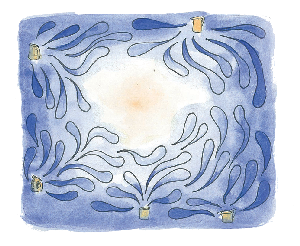
The garden has a drip irrigation system with recycled plastic bottles. She fills them with water and a perforation at their base allows the liquid to reach the ground in the form of drops.
She placed the plants that don’t need much watering in the center of the garden, and those that do need abundant water on the edges. It is at the edges of each area in the garden that she places the drip irrigation bottles: the water moistens the soil on the sides but does not reach the center.
Sticks and cords
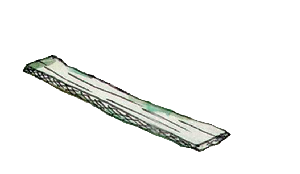
To preserve the necessary space between one plant and another, my grandmother uses nylon cords that serve as a growth guide. When the plants are very large and heavy, she uses sticks for the same purpose. Even some stones that seem to be there by chance have been placed by my grandmother to limit the growth of invasive roots. She says:
"Each plant needs its space to grow peacefully."Good hand
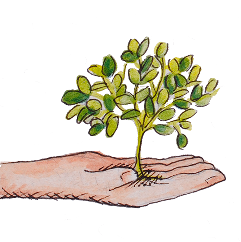
To take care of the plants, my grandmother removes dry leaves and branches, stirs the earth, rotates irrigation bottles and eliminates pests such as “garden fleas” which appear on plants like the Retama. These activities seem simple, but require more than manual skills: "Not everyone can take care of plants; in order to do so, you have to have a ‘good hand.’"
The expression "bad hand" or "good hand" is frequently used in the Ecuadorian highlands. People say that a person has a “good hand” when the plants that it sows or cares for grow healthy. It has a "bad hand" when they wither after being touched or they don’t germinate; this depends on the balance of energy and the overall state of health.
Plant Album
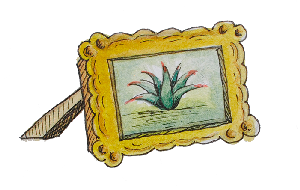
Her garden is like a photo album: each plant evokes memories.
“This Sabila was planted by my daughter Lalita. Zoila [her caretaker] gave me the Alelia. My daughter Lucía gave me the Ensueño when she was pregnant, now she has grandchildren and the plant is big and strong.”Knowledge of care
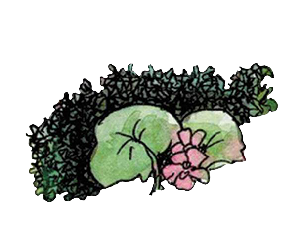
At first glance, the plants in the garden seem to be placed indistinctly and randomly, but actually my grandmother took certain spatial organization criteria into consideration and planted each one according to the environmental conditions it requires:
“There are shade plants like the Inga Poleo, I put it in a special place so that it doesn't get direct sunlight and remains sheltered. There are sun plants, for example the Rose, that don’t bloom if they don’t get sunlight... you have to know how to take good care of them, it’s not simple.”Pena-pena (plants)
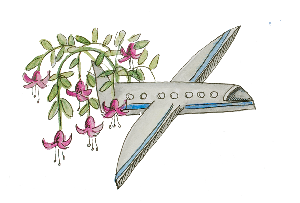
The province of Cañar has one of the highest migration rates. The destination countries are mainly Italy, Spain and the USA. Sometimes the plants also migrate:
“Migrants who are abroad ask their families to send them herbs like zarcillo to cure the “pena-pena” which is the sadness of separating from the family (being homesick). The zarcillo brings calm and reassurance. The herbs are dried in a dark room to avoid the sun taking away all their properties and also because when the herbs are light, the postage is cheaper.”